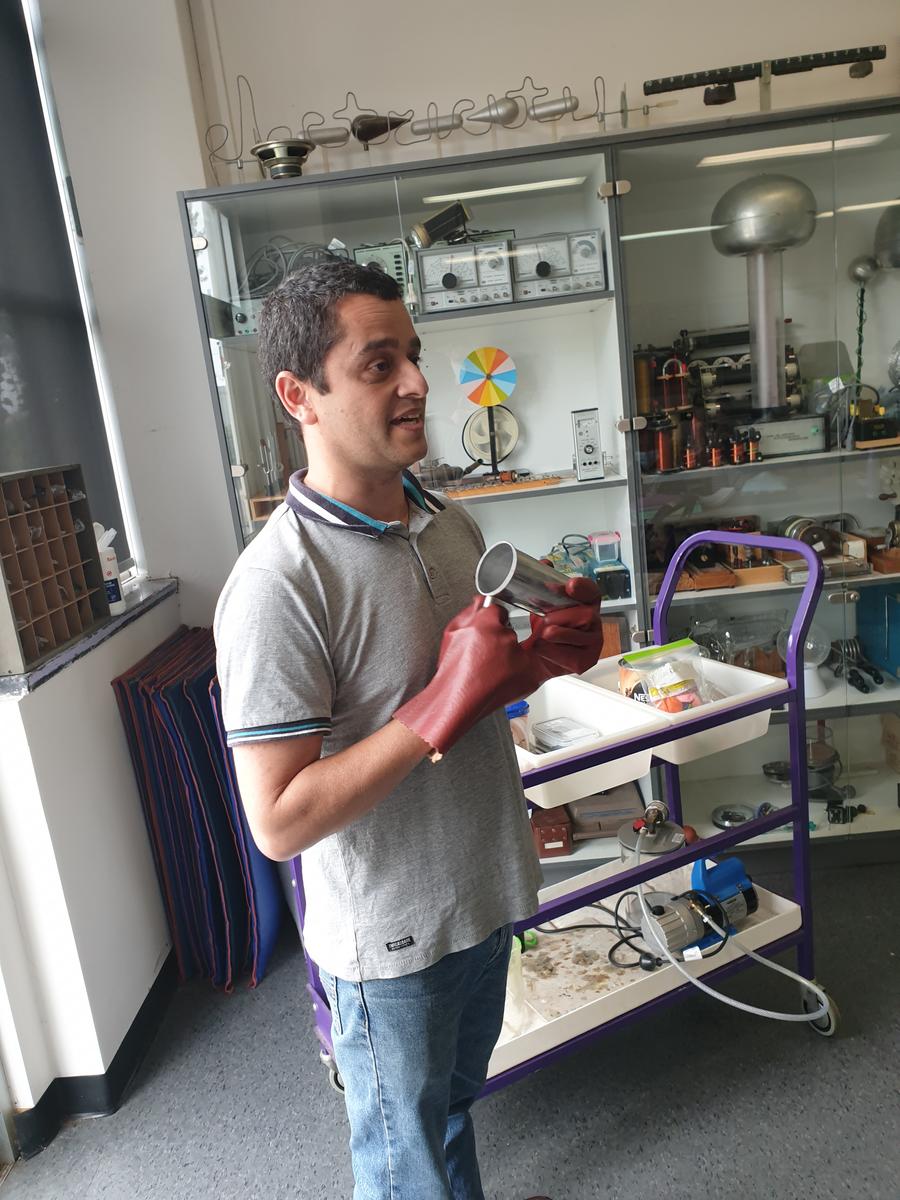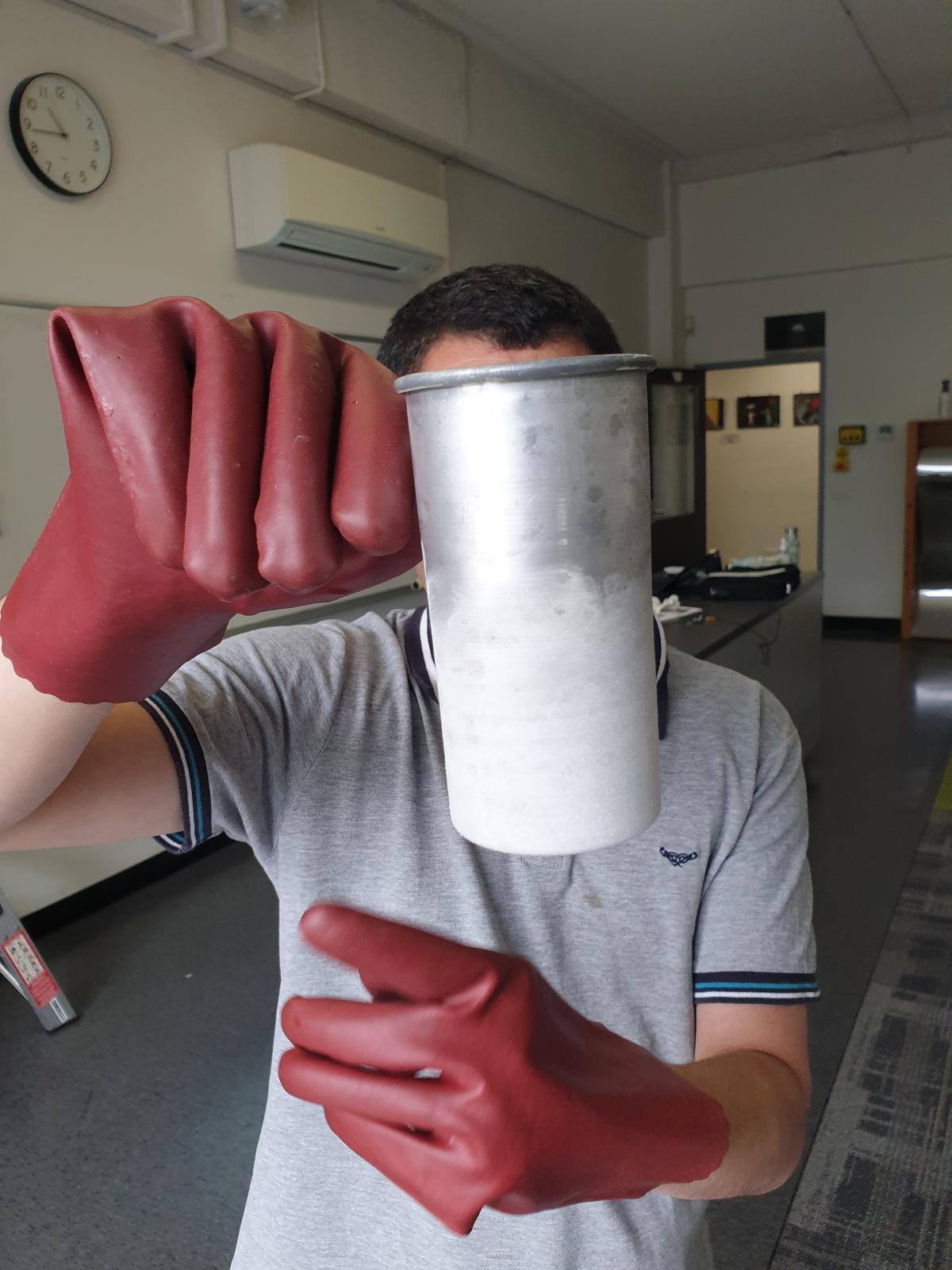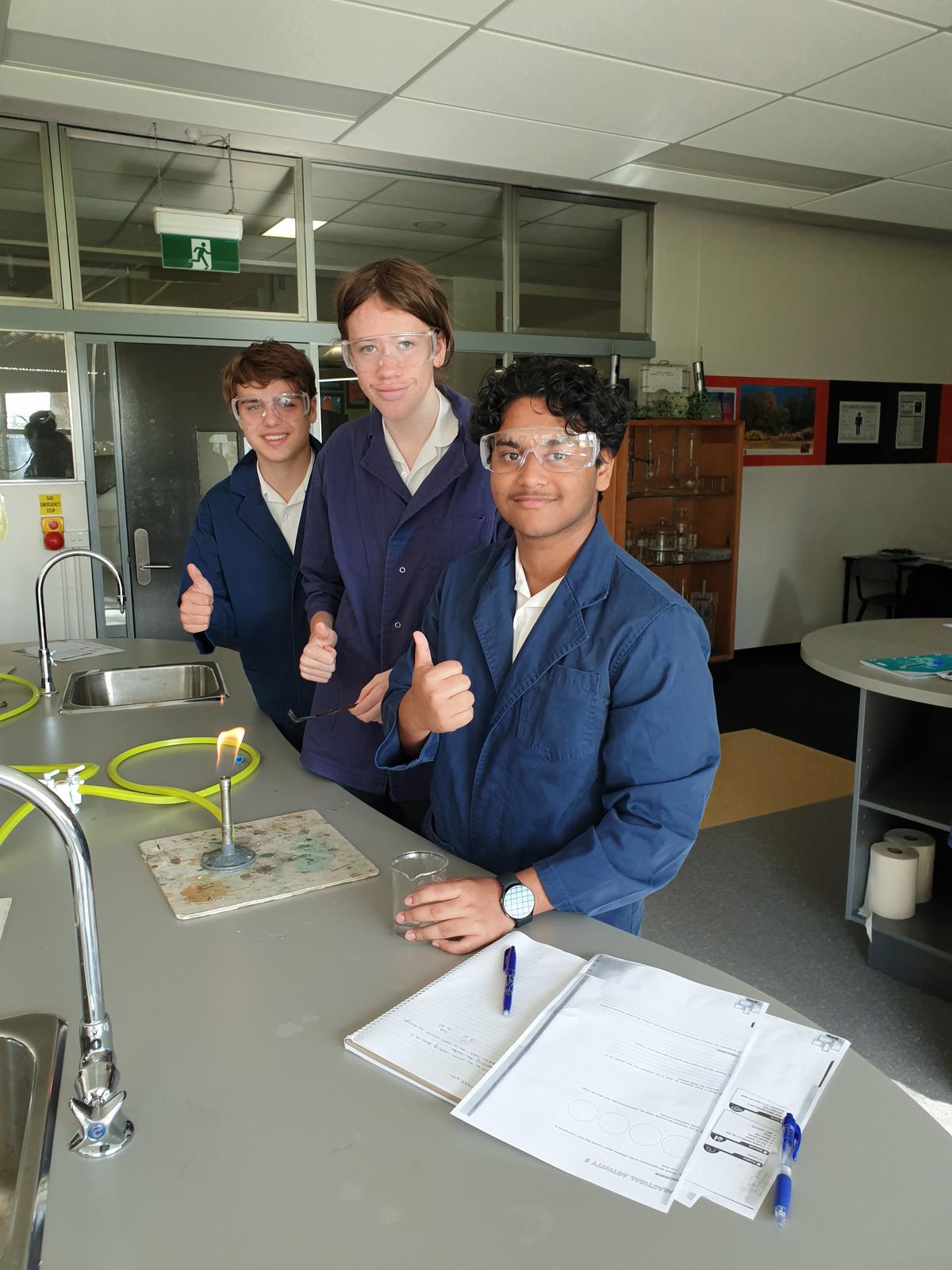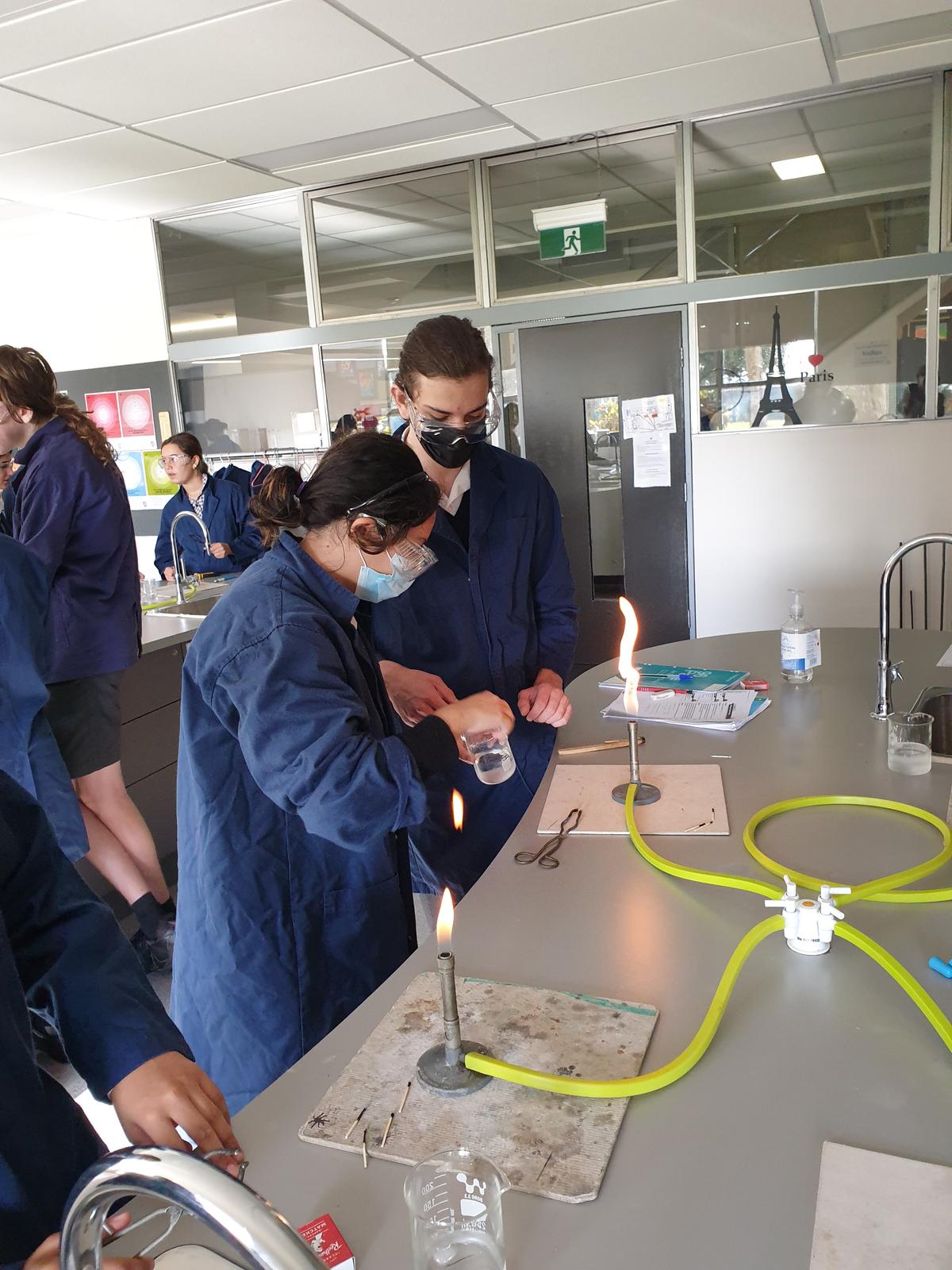Science News

Thank You
It has been a busy month in Science over the past month. The school was very fortunate this past month to be contacted by Jennifer Nicolo, who is the parent of Lily (Year 11) and Luca (Year 9) at GEC, in regard to offering the school glue guns and trebuchet sets. The Science faculty would like to extend a big thank you to Jennifer for providing us with this additional equipment.
Meet a Scientist Event
On 11th February the Royal Women’s Hospital held their Meet a Scientist event online. Our Year 11 students Zahra Hnatko, Erin McNaughton and Pranjal Menariya attended the event and heard from Dr Sarah Lensen (Reproductive Medicine Research Fellow), Dr Clare Whitehead (Obestrician and clinical scientist) and Dr Kathe Hodgson (Neonatologist and research scientist). The program was designed by the Royal Women’s Hospital as less than 30 per cent of researchers worldwide are women and only 30 per cent of female students select STEM related fields in higher education. Our students’ thoughts on the this event were:
"On the 11th of February, I sat in for the Royal Women’s Hospital “Meet a Scientist” webinar with two other girls from my class. Not only did I find this experience inspiring, but I learned about alternative pathways into medicine and how to handle the doubts and worries I had about STEM that, surprisingly, these women also felt. I learnt about jobs I didn’t even realise existed and how these womens’ lives changed as they grew and evolved as a person. Hearing their struggles and uncertainties that were eventually solved through hard work, perseverance and self-belief really motivated me to never give up, especially in science-related subjects like Biology and Chemistry. To listen in and hear from these accomplished scientists was an amazing opportunity, and I’m really glad that I could sit in and listen to each doctors’ story. The other girls and I even shared our thoughts during breaks, and it was also eye-opening to consider other opinions and viewpoints of the stories. Each of us took different perspectives from these life-changing stories, and I believe each of us logged off, inspired and motivated to do more in STEM”
Zahra Hnatko Year 11
“My name is Pranjal Menariya, and I was one of the fortunate students invited to the Royal Women's Hospital virtual event. I got the opportunity to meet four different panellists who shared their knowledge about their chosen field in science. The presentation began with Prisha Balgovind, a laboratory scientist informing us about her research around women’s health and microbiology. She showed us pictures on how they were collecting data on the prevalence of human papillomavirus (HPV) infection and I found her work to be very interesting. Next, Dr Sarah Lenson delivered a presentation about her journey to becoming a reproductive research fellow. I learnt how she struggled in high school with choosing a career and wasn’t sure of what she wanted to become but eventually found a pathway career that she is satisfied with. This was reassuring to know, as I also relate to this as a high school student. Furthemore, there were two other panellists; Dr Clare Whitehead, a high risk obstetrician and clinical scientist and Dr Kate Hodgson, a neonatologist. It was inspiring to hear the stories, and learn from both of them as well. I really enjoyed the meet and greet and thought it was productive since it helped me make up my mind on wanting to choose to do a career in science.”
Pranjal Menariya Year 11
Year 11 Physics
During a Year 11 Physics class, a practical demonstration of sublimation was shown by Mr Pereira. He was demonstrating using dry ice and a metal container that water vapour in the air is instantaneously changed into a solid when it comes into contact with a supercooled surface. You can see in the picture that the metal container has built-up a layer of ice powder which is referred to as hoar frost.
In the real world, this is an issue on aircraft that have a metal surface temperature significantly colder than that of surrounding humid air. As the aircraft flies through the humid air, crystals of ice instantaneously form on the leading edge of the metal wing. This will cause the surface air layer to become turbulent and end up reducing or destroying the laminar airflow, thereby reducing lift generated by the wing. Historically this has caused many aircraft to crash with fatal results.
To counter act this issue, modern aircraft bypass warm air from the engine, and pipe it to the leading edge of the wings. Thereby melting the ice if it has formed or raising the metals surface temperature to stop the sublimation process from occurring in the first place. The students were enthralled to learn this Physic concept from Mr Pereira.
In the next newsletter I will be releasing information about the Victorian Science Talent Search and this year the theme will be: Glass - more than meets the eye. So stay tuned for further information.
Elizabeth Allan
Head of Science





